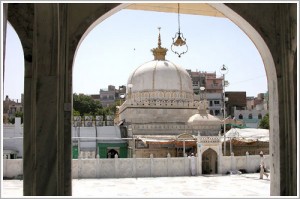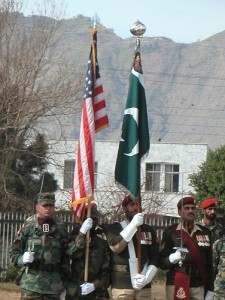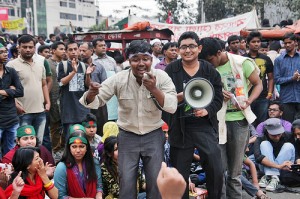
On a table in the office of a senior Indian diplomat sits an unusual piece of memorabilia: a baseball bat. It is signed not by members of the official’s favorite baseball team, but by the U.S. officials who participated in the inaugural session of the now well-established consultations between India and the United States on East Asia, in 2010. This bat and the similarly adorned cricket bat kept by the Indian diplomat’s American counterpart are an apt symbol of how the United States and India have deepened their common understanding of the strategic stakes in this critical region. Now they need to deepen their economic ties across the Pacific. It’s time for the U.S. to facilitate India’s joining APEC.
No, this picture is not the Indian official, nor his American counterpart – it’s U.S. baseball great Hank Greenberg. See our article in The Hindu March 27, 2013.




